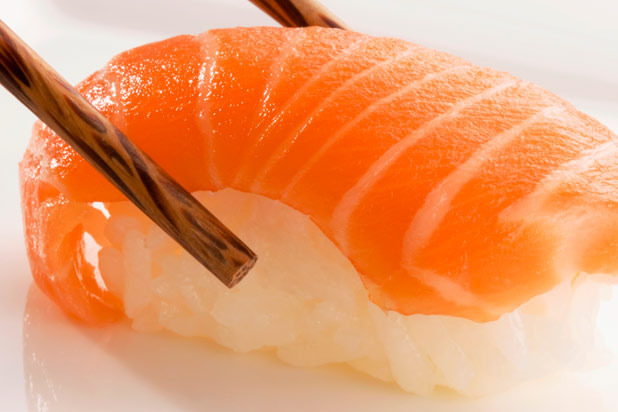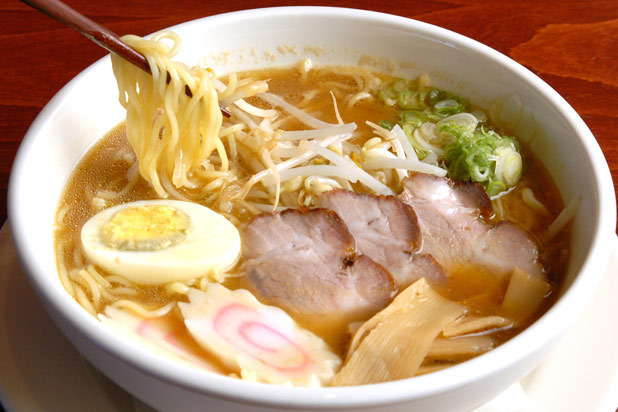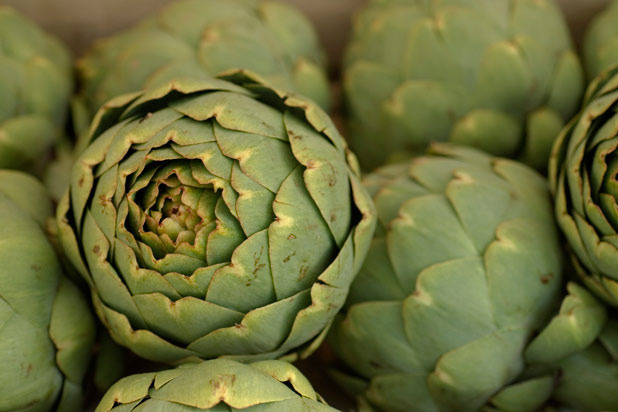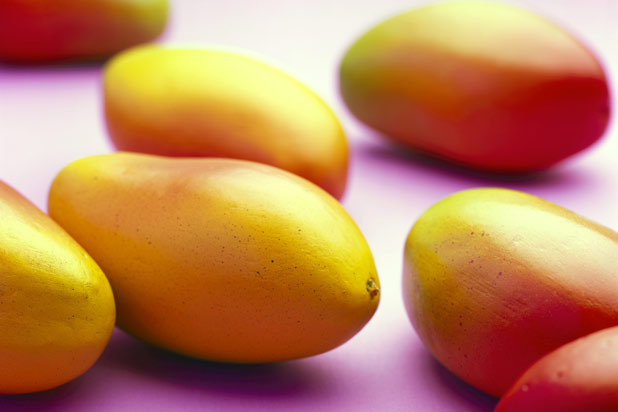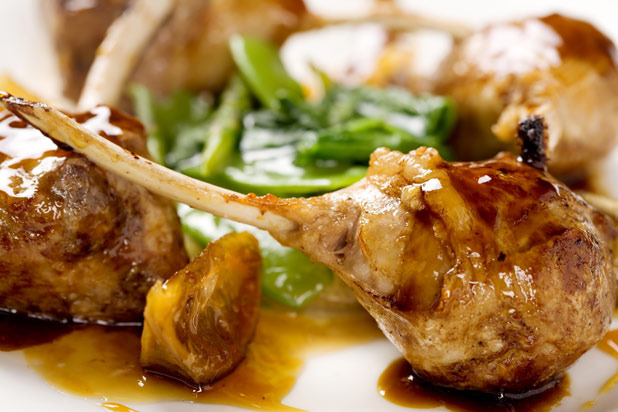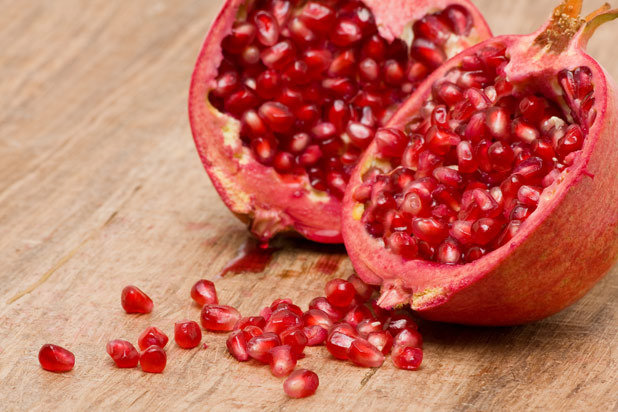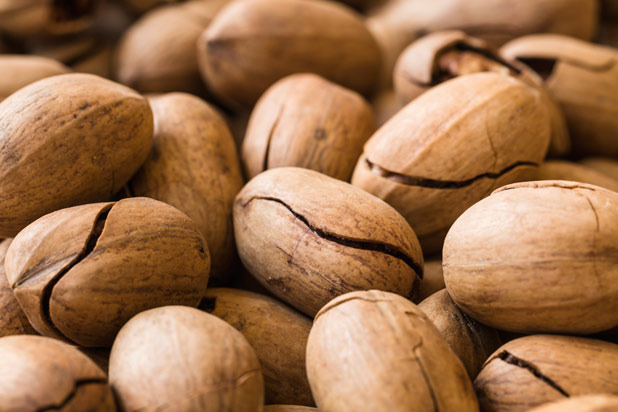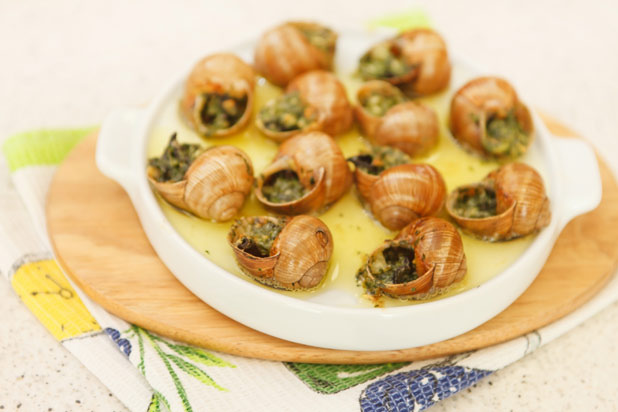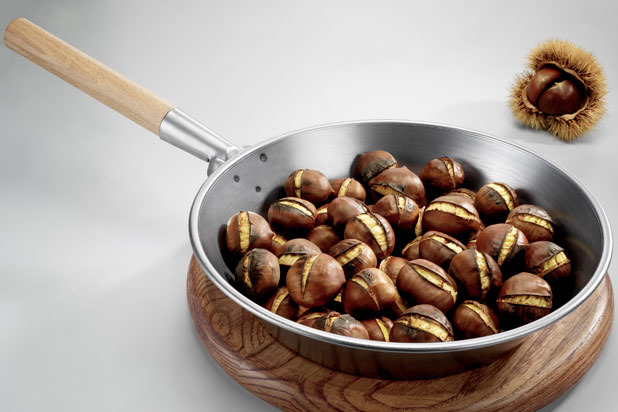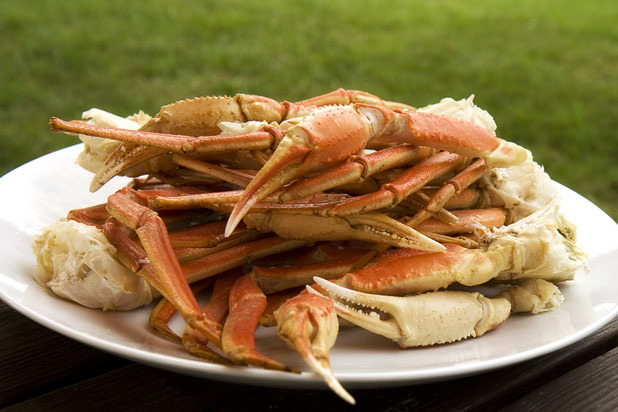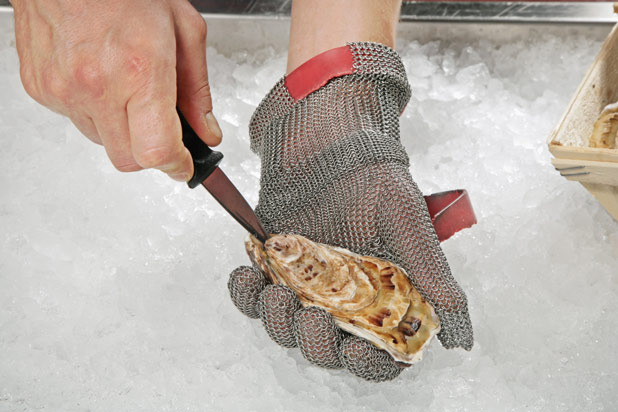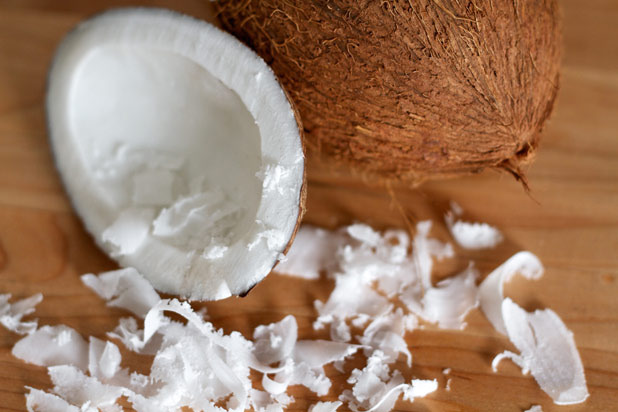15 Foods That Are Difficult To Eat (But Worth It) Slideshow
Wings are one of the few items on our list that can be eaten with bare hands, with no help from any special contraptions, but they can still be a bit daunting. Sure, for some, wings are one of the easiest foods to eat: just grab hold of one, start gnawing, and don't stop until all that's left are bones and a sauce-covered face and hands. But for those of us who choose to be a bit daintier in our eating habits, those bony, messy, spicy, fatty bar snacks can be a culinary obstacle course. There's really no right or wrong way to eat a wing, though. Eat enough, and you'll develop your own technique.
14) Lychee
These spiky little fruits require a deft hand to break into, and once you do there's a sinister core awaiting. The skin is quite thin, though, so crack through it with a knife or fingernail and peel it all off. The meat inside is super-juicy, and has a sweet, tropical flavor. We'd recommend just popping the whole thing in your mouth (once the skin is off, obviously), and chewing the meat away from the hard inner pit. Don't just bite down on it, though, or else you might break a tooth.
13) Sushi
It's just a slab of rice with a slice of fish on it, so it's no big deal, right? But ask anyone who's eaten sushi (and not the rolled-up maki) just a couple of times in their life if it was a piece-of-cake experience, and they'll probably give you a few reasons as to why it wasn't. First, the whole raw fish thing can take some getting used to; second, it's a balancing act if you want to add toppings like ginger and wasabi (not too much!); third, it takes some skill to dip it in soy sauce without having the rice fall apart; and fourth, it's too big for one bite but too small for two! Our advice? Don't even bother with ginger, wasabi, or chopsticks. Just pick it up, dunk it fish side down into a little soy sauce, and pop the whole thing in your mouth.
12) Noodle Soups
Just about every Asian country has its own form of noodle soup, and a big steaming bowl of hot broth, sliced pork, other goodies, and long noodles is one of the most comforting foods on Earth. But try to dig in with an everyday soup spoon and you're likely to end up with only spoonfuls of broth (and even more on your lap once the noodles inevitably slide back into the bowl). Even college kids have this problem with cups of instant ramen. But folks over in Asia have been eating this kind of soup for many years, and their technique is the right way to do it: pick up the bowl, shovel the noodles and other ingredients into your mouth with chopsticks, and drink the broth directly from the bowl. It might seem inelegant, but it sure is efficient.
11) Ice Cream Cones
You'd be hard-pressed to find a kid that would turn down an ice cream cone. You'd also be hard-pressed to find a kid that doesn't mind getting covered in sweet, sticky goo. Even with a napkin wrapped around the cone, the ice cream melts onto your hands and can only be washed away with water (which just so happens to not be easily accessible at the fairs, carnivals, and other outdoor events where ice cream cones tend to be eaten). Lick too hard, and the whole scoop falls to the ground below, one of the all-time childhood tear-jerkers. We'll take ours in a cup.
10) Whole Artichokes
Hand someone a whole boiled artichoke, tell them to go for it, and watch them struggle. Do you eat the whole leaf? What part of the center can you eat? This semi-edible member of the thistle family takes some practice, but once you get the hang of it, eating a whole artichoke is easy, or something close to it. Rip the individual leaves off, dunk the thicker end into a creamy, citrusy sauce like hollandaise, and then scrape the meat off with your teeth. Once all the leaves are gone (you can eat the small ones near the middle), remove the spiky "choke" beyond that, and then you can eat the center part (the heart) whole. Even the stem can be eaten, if you peel it before cooking.
9) Mango
Ah, the mango. So sweet, so creamy, and so darn hard to eat. Many a knife has gotten stuck inside its irregularly shaped pit, which cuts across basically the whole length of the fruit. To get the most out of your mango, we suggest cutting off the two sides as close to the pit as possible, slicing cross-hatches into the flesh (making sure not to break through the skin), turning it inside-out, then slicing off individual chunks. As for the rest? Peel off the skin and eat the meat right from the pit.
8) Small Birds
Guinea hen, quail, pheasant, and other small game birds have been fine dining mainstays for as long as restaurants have existed, but eating a whole roasted bird has never gotten any easier, with all those little bones, and not much meat to show for it. Just think of them as little chickens, though, and cut them up in advance of eating. Cut the whole bird in half if you're presented with a whole one, cut off the wings, breasts, legs, and thighs, and then have at it. And don't be afraid to use your hands.
7) Pomegranates
OK, so you've finally figured out how to actually open this leathery fruit (score the skin and rip it apart). But what now? Sure, you could just bite right into it, but you risk getting the little juice-surrounded seeds (actually called arils) all over the floor, and staining your clothes in the process. Our method? Place the whole thing in a big bowl of water, separate the arils from the pulp (which floats), drain the water, and you're left with nothing but the seeds. You can make this process even easier by freezing the fruit first.
6) Shell-On Nuts
Now we enter the realm of foods that are impossible to eat without the help of a faithful device. Shell-on nuts simply cannot be de-shelled by hand. Instead, use a nutcracker! Preferably a wooden one, shaped like the toy from the ballet. It's far more likely, though, that yours will be a little metal contraption. Place the nut as close to the hinge as you can, squeeze down, and start picking. To avoid getting bits of shell everywhere, you can wrap a cloth around your hand before cracking.
5) Snails
Several varieties of snails from both land and sea are eaten all over the world, with varying degrees of popularity. Land snails, as you probably know, are most commonly referred to as escargots, and are most often found in white-tablecloth French restaurants. Sea snails are called periwinkles. Both are difficult to eat. For one, a full-size fork will not work in your favor. You'll need to use a teeny tiny cocktail fork, which is about a quarter of the size of a full-size fork, to get the suckers out of their shells. Try as you might, there's simply no other way to go it.
4) Chestnuts
There are few food items more synonymous with the holidays than chestnuts (preferably roasting over an open fire), but actually eating the fruit (yes, it's a fruit) can be a chore unto itself. First you have to score it with a sharp paring knife or a chestnut knife (a hazard unto itself), and if you don't they'll explode when cooking, then they need to be roasted in a hot oven. Then they need to be peeled, another arduous task for several reasons: first, they're hot; second, they're very difficult to peel (once you get the outer shell off, the fibrous inner shell, also called the pellicle, remains); and third, there's a chance that after all this hard work the chestnut will be rotten.
3) Crustaceans
Shrimp, crabs, and lobsters are all members of the crustacean family. While shrimp might not be too difficult to peel (remove the head and legs, then peel the shell off), the other two members of the family can make for very interesting eating experiences. They both require a special shell-cracker, similar to a nutcracker, and more often than not a bib. While there are certainly some tricks to removing claw meat (crack around the thickest part of it and try to pull it out in one fell swoop), and lobster tail meat can be extracted by hand, those crab legs can be tricky suckers. There's really no quick and easy way to remove meat from crab legs, but once the work is done (we advise taking the time to remove it all in one fell swoop before eating, as opposed to doing it piecemeal) and the resulting flesh is dunked in butter, it's one of the most delicious foods on the planet. Now, should you find yourself confronting a bucket of blue crabs, which contain far more meat in the body than in the legs, we suggest you just rip them open and get pickin'.
2) Unshucked Bivalves
When attempting to eat a creature that's still alive, rest assured that it will put up a fight. And while bivalves, like clams and oysters, can't punch, kick, bite, or scream, they can do one thing: close up shop. In order to open the shell to eat one of them raw, you'll need to shuck them, and to shuck them, you'll need a shucking knife, along with a bar towel and preferably a sturdy glove if you're a beginner (when stabbing yourself is a possibility, you know it's a difficult food to eat). It's not too difficult once you get the hang of it, but the procedure can take a long time to master. We like this handy video, from Legal Sea Foods chef Rich Vellante.
1) Coconut
There's a food on this planet that is so difficult to eat that it's almost not worth it. Almost. In order to eat a coconut, you first need to climb a tall tree, often with nothing but your arms and legs to support you, and hack the coconut down with a machete. Then, you need to use that machete to hack and peel away the tough, fibrous outer casing, until you're left with the coconut itself, which is nearly impenetrable. To get at it, you should first use a hammer and nail to drill a hole into one of its "eyes," drink the (delicious and nutritious) coconut water out if it (if any), then use the hammer to break it open. After that you can scrape the pulp off the inside. Man, that was difficult. But worth it.


